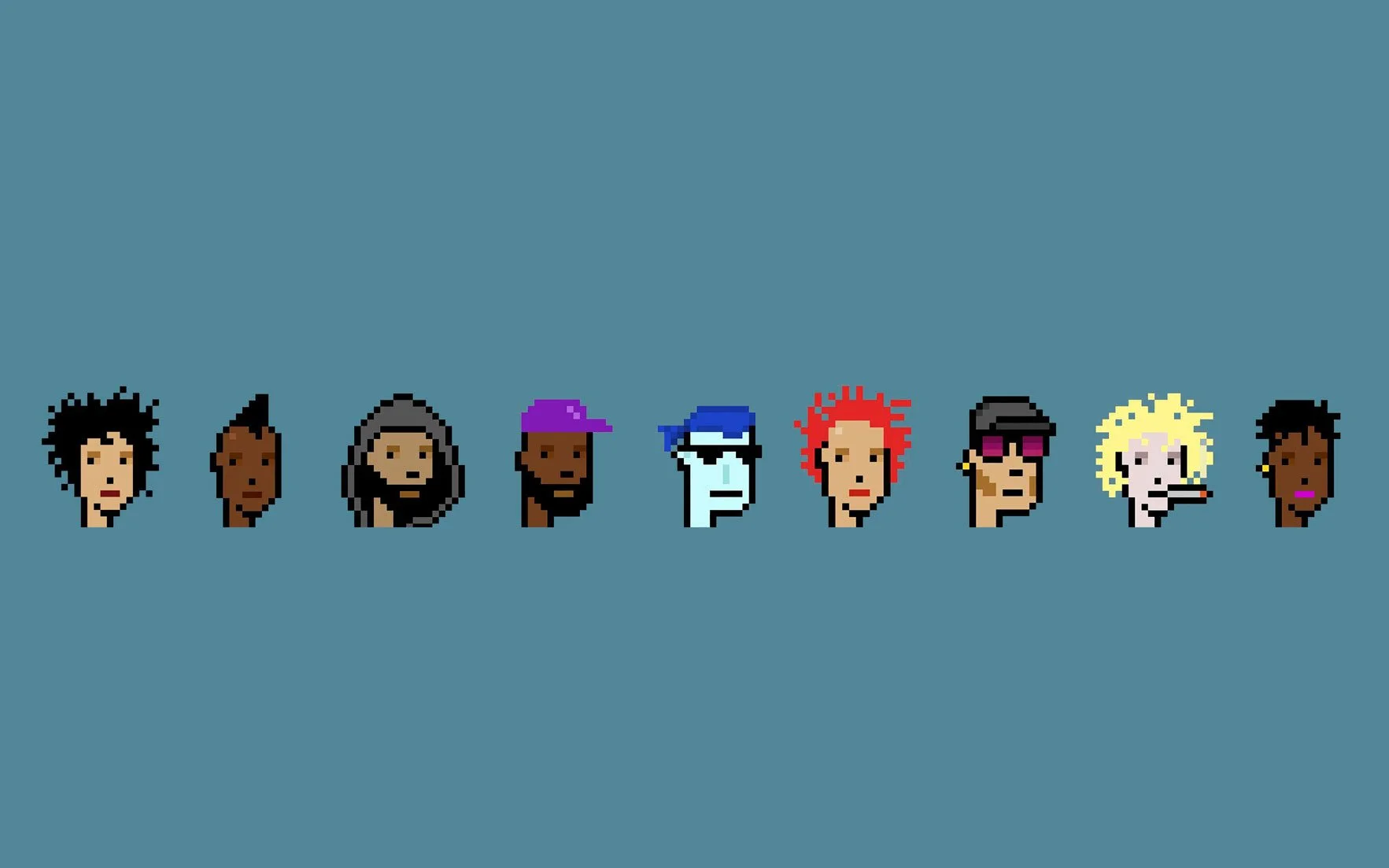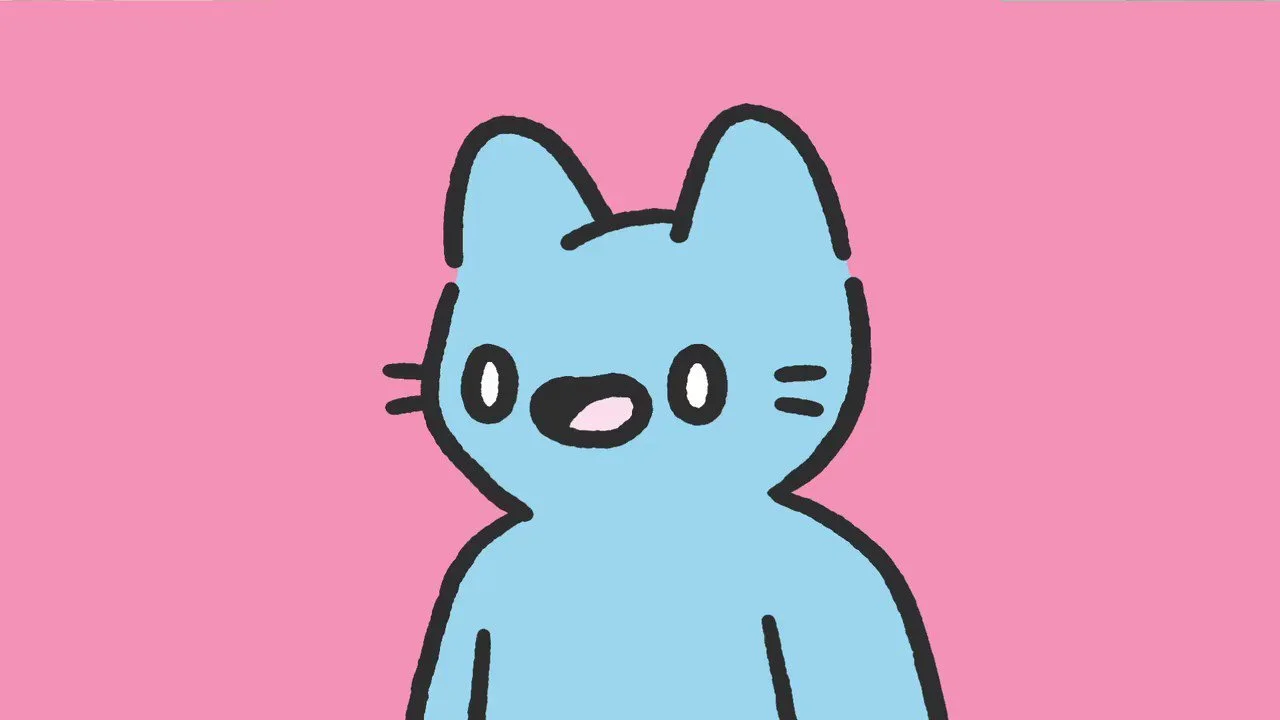The five half-truths of NFTs
TLDR: Don’t believe everything you hear. There’s two sides to absolutely everything and whether something is true or not tends to depend on how you’re looking at it. NFTs aren’t all bad and they’re not all good, they’re somewhere in the middle and it’s up to you to figure out how you feel about them.
About eight weeks ago I decided I wanted to learn about NFTs. They’ve been quite impossible to ignore of late and I wanted to figure out what all the fuss was about.
It seems you’re either hearing about kids making millions with these little pictures, or people losing every single cent of their savings on them. So, I decided I wanted to look specifically at the criticisms of crypto’s younger sibling and find out where on the scale of scaremongering to propaganda the truth really sits.
Before I crack on, a caveat! I am by no means an expert in NFTs, cryptocurrency, the blockchain or web3. I’m also not a financial advisor of any kind – all of this is just my opinion.
Now, without further ado, here’s what I’ve learned sort of is and sort of isn’t true about NFTs.
One: NFTs are just pictures
Behold: this purposeless pastel is part of one the top-selling NFT collections of all time. Doodles.
Perhaps the toughest statement to untangle in terms of truth is that ‘NFTs are just pictures’ – because yes, absolutely, at the core of it, most non-fungible tokens are represented as just pictures. And they’re not even printed in a nice frame – they are just digital pictures that anyone (like a writer writing a blog, for example) can just copy and paste without permission. This is partly why it’s so jaw-droppingly unbelievable that many individual pieces from top collections sell for $1 million plus.
One million dollars. For a picture you can’t even touch?
No, you can’t touch it (well, unless you print it out). But you can make it the logo for your business and automatically reach audiences that are invested in the same collection. You can stick it on a bunch of clothes or products and legitimately sell them. You can connect with people all over the world who share your interest in it. You can feel like a part of a large and, often, exclusive community, AND it can act as a ticket to get all sorts of free stuff, from intimate concerts with major musicians to other NFTs, which you can then sell at a wild profit.
So while it’s true that NFTs are, in their essence, just pictures, there’s a whole world that surrounds them, beyond just buying and selling. More than that, though, it’s a world that’s run by a passionate community.
Two: It’s just a world of bros
I think those crazy-haired ones are women? And women can be punks, so… Crypto Punks, the original NFT
I mean, if you want to get political about it, isn’t the whole of finance just a world of bros? Historically, yes, a male-dominated industry – and while it is vastly improved, there’s still a fundamental lack of women in senior roles of the major financial companies around the world. And this also seems to be the case for lots of major NFT collections.
Not only are a greater number of NFT collections owned and run by men, but the majority of NFT owners are men, too. Why? Well, for starters, because of the higher proportion of men working in finance (like I said up there), there are more men working in the cryptosphere, so the awareness of NFTs is naturally higher in men. For seconds, research has shown that women tend to be more risk averse when it comes to investments – lots of people wouldn’t even care to term NFTs as investments, let alone encourage a new investor to get one. For thirds, you don’t know what you don’t know. If men are experiencing NFTs, they’re telling their friends and communities, but if women aren’t doing it, they’re probably not spreading it in the same way.
Something I really noticed is that this gender imbalance is massively apparent in the language; every interaction across NFT discord, twitter, and Instagram is seemingly followed by a ‘man’ or a ‘bro’ or a ‘dude’. Now, here’s the thing – I, a cis woman, don’t mind being called any of those terms particularly. I call everyone I know ‘pal’ and, while I feel this is genderless, some could very well argue and I’d listen. So while my personal preference may not be too fussed, I can see how having that sort of lexicon as a fundamental part of the NFT community could make women feel a) uncomfortable, b) excluded and c) like they just don’t belong there.
So, yes, there’s a lot of ‘bros’ in crypto and it did indeed begin as a boys club (as with most things, ammirite ladies?). But, some badass warrior women are paving the way in making the space safe, enticing and representative for womxn. Like Not Your Bro – this incredibly successful collection isn’t just a picture (ahem, for the point above), it’s a movement. Not only did it donate 10% of the mint (NFT-speak for sale), it also donates 10% of the royalties it receives to non-profits the community helps them decide upon every month. AND it’s just partnered with fashion mega brand Boohoo to release the Boohooverse access card – the first major retail brand to do so – which is an excellent way to introduce NFTs in a way that’s just familiar enough to not be intimidating to people (not just women).
Not Your Bro is just one of many incredible NFT projects doing this sort of great work for gender diversity in NFTs. I’m going to write a piece highlighting some of the others shortly, so watch this space.
Three: You can make money
The megalodon of NFTS, I give you: Bored Ape.
I’m not beating around the bush with this one, let’s get down to brass tacks… or, well, gold apes.
Yes, you can make a lot of money from NFTs. People that minted (again, NFT-speak for ‘bought’) Bored Apes from Yuga Labs when they were new would have been set back about $200. Not cheap by any means, but compared to the minimum $373,236.09 you’d pay for one now, an absolute bargain. Yep, that means that if you bought one when they were released – just last year – and sold it now, you’d make around $373,000 profit. Profit. And that’s if you have the least rare, cheapest one. That’s a life changing amount of money, and it’s a life changing moment plenty of people in the NFT space have experienced.
However (there’s always a ‘however’, isn’t there), there are thousands upon thousands of NFT projects, and they don’t all moon (NFT-speak for ‘get real successful and real expensive’) and it’s very, very difficult to tell which ones will. Unlike more objective, tangible things like the age of an antique or the material of a ring, no single factor dictates the success of an NFT. It could be a renaissance-level piece of digital art and it goes nowhere, or it can look like kids drawing and end up selling for millions. There’s no telling. Yes, things like roadmap/utilities/experience of the developers etc. may have some bearing, but it isn’t guaranteed.
So, let’s keep it simple: yes, you can make a lot of money with NFTs. Just like you could have made a lot of money investing in Nokia if you’d done it at the right time. You can make a lot of money investing in anything, but, as with any type of investing, no guarantee is returned, so it shouldn’t be used as a get-rich-quick scheme, because you should never, ever invest if you can’t financially cope with losing it.
And let’s remember, NFTs are meant to be about the art; they may have taken off as a money-making machine just now, but fundamentally it’s about buying a piece of art created by a talented artist.
Four: It’s bad for the environment
This isn’t a particularly bad one for the environment, it’s just a picture of a happy cat by Cool Cats.
So let’s widen this bad boy out to the whole cryptocurrency world, of which NFT are a relatively small part, but a part nonetheless, because it’s hard to quantify this one without looking at the big picture.
A lot of the negative things we hear about cryptocurrencies is that they’re bad for the environment. And yes, it is true to say that cryptocurrencies can have high levels of planet-harming emissions. How? Because of the sheer energy that’s required to power computers and servers and data centres that cryptocurrencies need to function. For context, though, different coins use different amounts of energy, so let’s use Bitcoin for this example, as it’s the one most people have heard of.
Bitcoins are hidden in the enigmatic expanse of… well, wherever computers go when we use them… codes? Data? The internet? Honestly I don’t know (it’s been eight weeks, give me time!) but Google it and someone will tell ya. And to get them, specialised computers have to solve computational problems which allows them to chain together blocks of transactions, for which they are rewarded with bitcoin. Like how actual miners were rewarded with… well, terrible pay and abhorrent working conditions. So, not like that at all, no.
Anyway, it’s estimated that it takes the equivalent of an average American house’s 75-day energy usage to power one Bitcoin transaction. And apparently Bitcoin’s annual emissions are about the same as the entire country of Argentina. So, no, not brilliant for the environment.
However (ah, there she is again), it’s important to remember that fiat currencies (the real-world ones, like US dollars, British pounds and so on) also have an impact on the environment, so it isn’t like crypto is the climate crisis currency, it’s actually one of many… which also is not brilliant. But, just like fiat currencies, there are mitigating actions that cryptocurrencies can and are taking. Powering all those special computers with renewable energy, for example. There are even cryptocurrencies out there that specifically look to be eco-friendly (here’s a few).
And it’s important to remember that it isn’t the currency itself that’s a problem, it’s the energy-guzzling blockchain transactions behind it. But there’s even eco-friendly blockchains out there, too, like Algorand.
So in summary: yes, NFTs as part of the world of crypto are currently having a negative effect on the environment. However, there are eco-friendly options if you want to get involved in crypto while supporting the planet, and there’s cool stuff in the pipeline that’s going to help too. And, not to put too finer point on it, but most huge business processes are bad for the environment; just like we’re seeing shifts across industry to more sustainable ways of working, so we shall with crypto and web3, I suspect.
Five: It’s really stupid
I don’t care what you say, she’s my Virtual Vixen and I love her.
This final half truth really depends on you, and your answer probably depends on how you felt about number one. Are NFTs just internet pictures selling for crazy amounts of money, making the people who can afford them in the first place even richer?
Yes.
Or is it a new age of art that gives back control, rights and royalties to the artists; encourages and fosters a sense of worldwide community; helps people invest their money in something they care about that will be future-proofed forever (no deterioration here, Da Vinci)?
Also yes.
I bet a bunch of us thought Facebook was stupid when it first happened, or that smart phones were stupid (hehehe, get it?) or that, you know, horses were better than cars or whatever (wait, we’re not that old, but you get the idea). Whether something is the future or just a strange blip (sorry to say it, but lookin’ at you, blu-ray…you’re just a TINY DVD?!) is kind of in the eye of the beholder and up to time.
One thing that is for sure, though, is that if you have an NFT right now, you’re firmly an early adopter. According to these guys all the existing NFTs right now are owned by around 360,000 individuals. Compare that figure to the nearly 8 billion of us on the planet and, yeah, early adopters.
So whether NFTs are a weird phase or a future-focused investment, they’re here right now – and I’ll be honest, I’m pretty into it.






